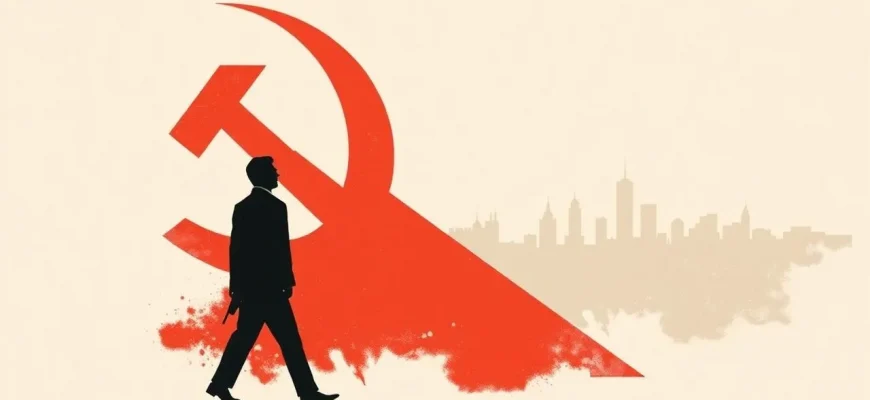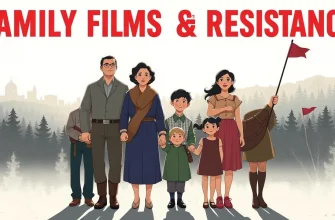Soviet cinema has always been a treasure trove of narratives exploring the complexities of power dynamics, often set against the backdrop of historical events or fictionalized political scenarios. This curated list of 10 Soviet films delves into the theme of struggle for power, offering viewers a glimpse into the political machinations, personal ambitions, and ideological conflicts that defined an era. These films not only provide entertainment but also serve as a window into the cultural and political psyche of the Soviet Union, making them invaluable for anyone interested in history, politics, or simply compelling storytelling.
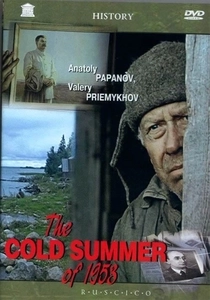
The Cold Summer of 1953 (1988)
Description: Set in the aftermath of Stalin's death, this film examines the power vacuum and the ensuing chaos as different factions vie for control, reflecting the broader political instability of the time.
Fact: The film was one of the first to openly discuss the repressions and the Gulag system, marking a shift in Soviet cinema towards more critical self-reflection.
 Watch Now
Watch Now 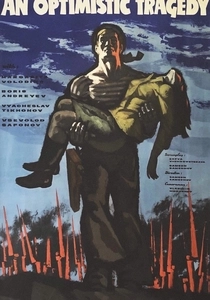
The Optimistic Tragedy (1963)
Description: This film explores the power dynamics within the Red Army during the Russian Civil War, focusing on the ideological conflicts and the struggle for leadership.
Fact: It was based on a play by Vsevolod Vishnevsky and was one of the first Soviet films to openly discuss the internal conflicts within the revolutionary movement.
 30 Days Free
30 Days Free 
The Chairman (1964)
Description: This film delves into the life of a collective farm chairman, showcasing the internal politics and power struggles within the Soviet agricultural system, reflecting broader themes of leadership and control.
Fact: The film was directed by Aleksei Saltykov, who was known for his realistic portrayal of Soviet life, and it features a strong performance by Mikhail Ulyanov.
 30 Days Free
30 Days Free 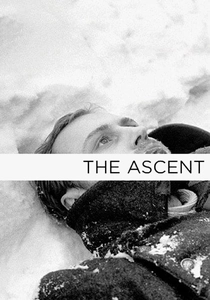
The Ascent (1977)
Description: Set during World War II, this film explores the struggle for survival and the internal power dynamics among partisans, highlighting the moral and ideological conflicts within the resistance movement.
Fact: The film won the Golden Prize at the 10th Moscow International Film Festival and was nominated for an Academy Award for Best Foreign Language Film.
 30 Days Free
30 Days Free 
The Fall of Otrar (1991)
Description: This epic historical drama portrays the power struggle between the Mongol Empire and the Khwarezmian Empire, focusing on the betrayal and subsequent siege of Otrar. It's a tale of ambition, treachery, and the quest for dominance.
Fact: The film was one of the most expensive Soviet productions, with a budget of over 10 million rubles. It was also the last major film project of the Soviet Union before its dissolution.
 30 Days Free
30 Days Free 
The Irony of Fate (1975)
Description: While primarily a romantic comedy, this film subtly critiques the uniformity of Soviet life, where the struggle for personal identity and freedom can be seen as a form of power struggle against the system.
Fact: It's one of the most popular Soviet films, traditionally watched on New Year's Eve in Russia, and it has inspired numerous remakes and adaptations.
 30 Days Free
30 Days Free 
The Red Tent (1969)
Description: While not directly about political power, this film explores the struggle for survival and leadership in extreme conditions, paralleling the power dynamics in a broader societal context.
Fact: It was a Soviet-Italian co-production, featuring international stars like Sean Connery and Claudia Cardinale.
 30 Days Free
30 Days Free 
The Star (1949)
Description: This war drama focuses on the struggle for control over a strategic point during WWII, showcasing the personal and ideological conflicts within the Soviet military.
Fact: The film was directed by Alexander Ivanov, who was known for his war films, and it was one of the first Soviet films to receive international recognition.
 30 Days Free
30 Days Free 
The Flight (1970)
Description: Based on Mikhail Bulgakov's play, it portrays the chaos and power struggles during the Russian Civil War, with characters fighting for their ideals and survival.
Fact: The film was directed by Alexander Alov and Vladimir Naumov, who were known for their adaptations of classical Russian literature.
 30 Days Free
30 Days Free 
The Burning Miles (1957)
Description: Set during the construction of the Baikal-Amur Mainline, this film showcases the power struggles among workers, engineers, and party officials, reflecting the broader theme of control and influence.
Fact: The film was directed by Samson Samsonov, who was known for his realistic portrayal of Soviet industrial projects.
 30 Days Free
30 Days Free 
